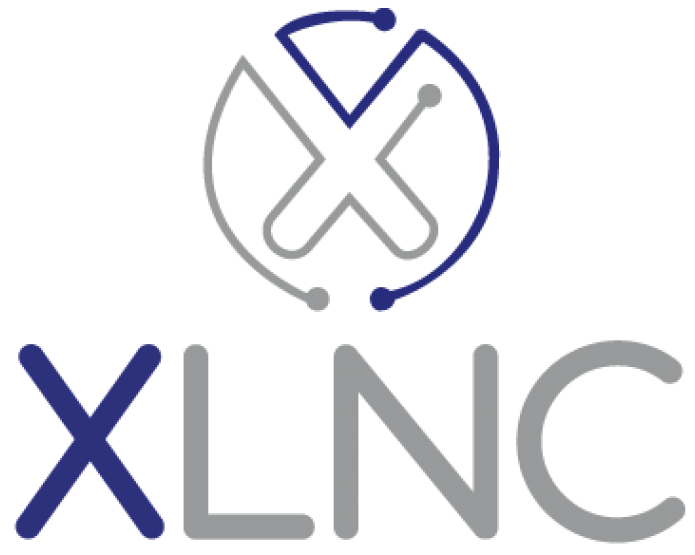Driving digital transformation in a traditional manufacturing and distribution business can seem like a daunting task, especially if the company has little to no digital focus. However, by taking a strategic and multi-faceted approach, it’s possible to gain traction and achieve meaningful change. Let’s explore how you can embark on this journey.
Understanding the Current State and Setting Clear Objectives
First and foremost, it’s crucial to have a comprehensive understanding of your current processes, technologies, and pain points. Conducting a thorough assessment helps identify inefficiencies and areas where digital transformation can add significant value. Once you have a clear picture, setting specific, measurable objectives becomes essential. Whether it’s improving operational efficiency, enhancing customer experience, reducing costs, or increasing agility, clear goals will guide your transformation efforts.
Engaging an external consultancy to help with this process can quickly help you not only gain an impartial view on your existing landscape, but also give context and benchmarking against the competition and your wider industry.
Securing Executive Sponsorship
One of the most critical steps in this journey is securing strong commitment from top executives. Leadership buy-in is non-negotiable. They need to champion the digital transformation initiative and allocate the necessary resources. Communicating the vision and benefits of digital transformation to the leadership team is key. Use data and case studies to demonstrate potential ROI, making a compelling case for why this transformation is necessary.
Creating a compelling business case with detailed commercial insights is a complex and stressful process. XLNC have consultants with experience in creating board presentations, business cases, cost analysis and many other forms of documentation which may help in driving engagement and investment into a digital transformation project.
Building a Cross-Functional Team
Digital transformation isn’t just an IT project; it requires a holistic approach. Form a team with representatives from different departments such as IT, operations, sales, and finance. This ensures that various perspectives are considered and that the transformation initiative is aligned with overall business objectives. Make sure your team has the right mix of skills, including digital expertise, project management, and change management. Often in nascent digital functions, staffing is complicated and businesses will need to look externally for contract and temporary staff to augment their internal resource.
Starting with Pilot Projects
Starting small can be incredibly effective. Identify and implement manageable projects that can quickly demonstrate the value of digital transformation. These pilot projects should align with your business objectives and be scalable. This approach not only provides proof of concept but also builds confidence within the organization.
Leveraging Existing Technologies
Before diving into new technologies, assess your existing infrastructure. There might be opportunities to leverage current systems for quick wins. Focus on integrating new digital tools with existing systems to enhance functionality without massive overhauls. This approach can be both cost-effective and less disruptive.
Focusing on Employee Engagement and Training
Your employees are the backbone of this transformation. Develop comprehensive training programs to upskill them on new digital tools and processes. Implement change management strategies to address resistance and foster a culture of continuous improvement and innovation. Engaging employees early and often can make a significant difference in the success of your digital transformation efforts.
Implementing Data-Driven Decision Making
Investing in data analytics is crucial. By gaining insights into operations, customer behavior, and market trends, you can make informed decisions that drive business success. Define key performance indicators (KPIs) to measure the impact of your digital initiatives and ensure that your decisions are backed by data.
Collaborating with Technology Partners
Don’t hesitate to collaborate with technology vendors and consultants who have experience in digital transformation within the manufacturing and distribution sector. Establishing partnerships with startups or tech firms can bring innovative solutions and fresh perspectives to your business.
Communicating Success Stories
Regularly communicating the successes and benefits of digital transformation initiatives to the entire organization is important. It helps build momentum and support. Sharing these success stories externally with customers and stakeholders reinforces your company’s commitment to innovation and can enhance your market reputation.
Continuously Improving and Iterating
Digital transformation is not a one-time project but an ongoing journey. Establish feedback loops to continuously gather insights from employees, customers, and partners. Adopt an iterative approach, continually refining and improving your strategies based on feedback and results.
A Practical Example
Consider a manufacturing company that starts its digital transformation by digitizing its inventory management process. Implementing a digital inventory management system can reduce stockouts and overstocks through real-time tracking and automated reordering, streamline warehouse operations, and enhance customer satisfaction by ensuring timely delivery of products. The success of this pilot project can then be scaled to other areas such as production planning, supply chain management, and customer service, gradually transforming the entire organization.
By taking these steps, traditional manufacturing and distribution businesses can effectively initiate and drive digital transformation, ensuring long-term success and competitiveness in the digital age. It’s a journey worth embarking on, and with the right approach, the benefits can be substantial.
